Chinese cuisine is renowned for its diverse range of flavors, vibrant colors, and unique ingredients. While ingredients like soy sauce, ginger, and garlic often take the spotlight, one ingredient that plays a significant role but often goes unnoticed is Chinese tomato paste. With its intense flavor, rich color, and versatile culinary applications, Chinese tomato paste has become an essential component of traditional Chinese cooking. This article aims to shed light on the uniqueness and significance of Chinese tomato paste. 1. The Heritage of Chinese Tomato Paste: Tomatoes were introduced to China during the Ming Dynasty (1368-1644) from the West. Initially, they were perceived as an ornamental plant; however, over time, they became essential in Chinese cooking.

.
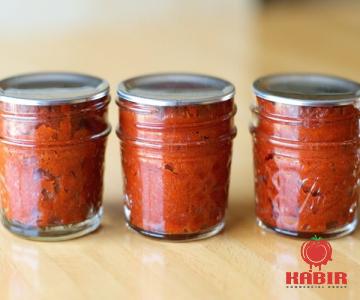 Chinese tomato paste is made by cooking fresh tomatoes, removing the skins and seeds, and then reducing the mixture to a thick, concentrated paste. This cooking process helps intensify the flavor, while maintaining the natural sweetness of the tomato. 2. Versatility in Chinese Cuisine: Chinese tomato paste is a versatile ingredient used in various dishes, including stews, stir-fries, sauces, and marinades. It adds a depth of flavor and a vibrant red hue to these dishes. One popular example is the iconic Chinese sweet and sour sauce, where tomato paste serves as the base, combined with vinegar, sugar, and other ingredients, creating a perfect balance of tanginess and sweetness. Additionally, it can be used as a marinade for meats, giving them a tangy and savory flavor profile.
Chinese tomato paste is made by cooking fresh tomatoes, removing the skins and seeds, and then reducing the mixture to a thick, concentrated paste. This cooking process helps intensify the flavor, while maintaining the natural sweetness of the tomato. 2. Versatility in Chinese Cuisine: Chinese tomato paste is a versatile ingredient used in various dishes, including stews, stir-fries, sauces, and marinades. It adds a depth of flavor and a vibrant red hue to these dishes. One popular example is the iconic Chinese sweet and sour sauce, where tomato paste serves as the base, combined with vinegar, sugar, and other ingredients, creating a perfect balance of tanginess and sweetness. Additionally, it can be used as a marinade for meats, giving them a tangy and savory flavor profile.
..
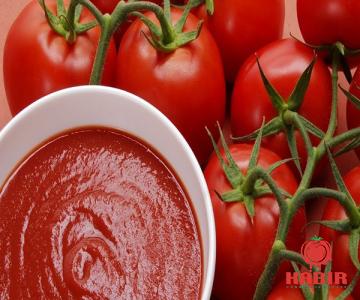 3. Sichuan Cuisine’s Take on Tomato Paste: In the Sichuan region of China, tomato paste has gained significant recognition as a key ingredient in their famous spicy dishes. Sichuan cuisine typically features fiery flavors, and the tomato paste adds a unique twist by balancing the heat and providing a hint of sweetness. One popular example is “Mala Xiang Guo,” a spicy stir-fry consisting of various vegetables, meats, and spices, with tomato paste playing a crucial role in harmonizing the flavors. 4. Nutritional Value and Health Benefits: Apart from its culinary applications, Chinese tomato paste also offers several health benefits. Tomatoes are an excellent source of vitamins and antioxidants like lycopene, which is known to reduce the risk of certain cancers and promote heart health. Additionally, the cooking process of Chinese tomato paste helps enhance the bioavailability of lycopene, making it easily absorbed by the body.
3. Sichuan Cuisine’s Take on Tomato Paste: In the Sichuan region of China, tomato paste has gained significant recognition as a key ingredient in their famous spicy dishes. Sichuan cuisine typically features fiery flavors, and the tomato paste adds a unique twist by balancing the heat and providing a hint of sweetness. One popular example is “Mala Xiang Guo,” a spicy stir-fry consisting of various vegetables, meats, and spices, with tomato paste playing a crucial role in harmonizing the flavors. 4. Nutritional Value and Health Benefits: Apart from its culinary applications, Chinese tomato paste also offers several health benefits. Tomatoes are an excellent source of vitamins and antioxidants like lycopene, which is known to reduce the risk of certain cancers and promote heart health. Additionally, the cooking process of Chinese tomato paste helps enhance the bioavailability of lycopene, making it easily absorbed by the body.
…
 5. Export and Global Demand: Chinese tomato paste has gained popularity not only within China but also in the international market. China is one of the leading exporters of tomato products, including tomato paste, due to its large-scale farming and efficient processing techniques. The consistent quality, affordability, and unique flavor of Chinese tomato paste have made it a sought-after ingredient among chefs and home cooks around the world. Conclusion: The unassuming Chinese tomato paste has carved a significant place in Chinese culinary traditions, adding depth of flavor and vibrant color to numerous dishes. Its versatility extends beyond traditional Chinese cuisine, finding its way into global kitchens and transforming recipes worldwide. As the popularity and demand for authentic Chinese flavors continue to rise, the role of Chinese tomato paste will undoubtedly become even more prominent in the culinary landscape, bridging the gap between Chinese heritage and contemporary gastronomy.
5. Export and Global Demand: Chinese tomato paste has gained popularity not only within China but also in the international market. China is one of the leading exporters of tomato products, including tomato paste, due to its large-scale farming and efficient processing techniques. The consistent quality, affordability, and unique flavor of Chinese tomato paste have made it a sought-after ingredient among chefs and home cooks around the world. Conclusion: The unassuming Chinese tomato paste has carved a significant place in Chinese culinary traditions, adding depth of flavor and vibrant color to numerous dishes. Its versatility extends beyond traditional Chinese cuisine, finding its way into global kitchens and transforming recipes worldwide. As the popularity and demand for authentic Chinese flavors continue to rise, the role of Chinese tomato paste will undoubtedly become even more prominent in the culinary landscape, bridging the gap between Chinese heritage and contemporary gastronomy.

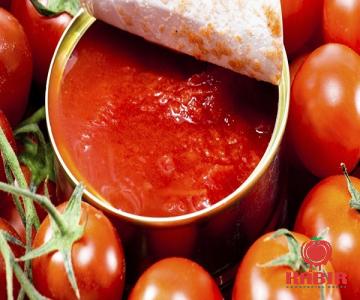



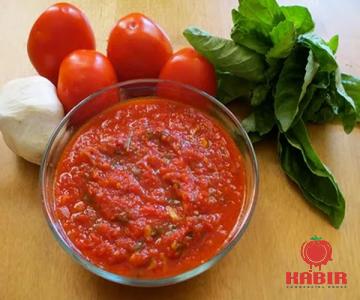
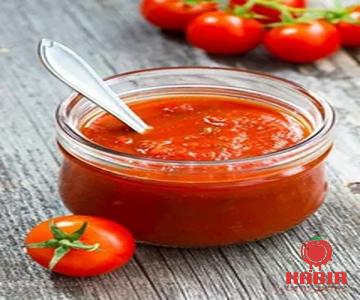


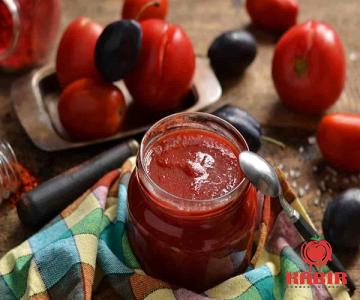
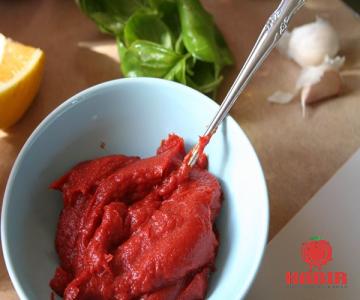
Your comment submitted.